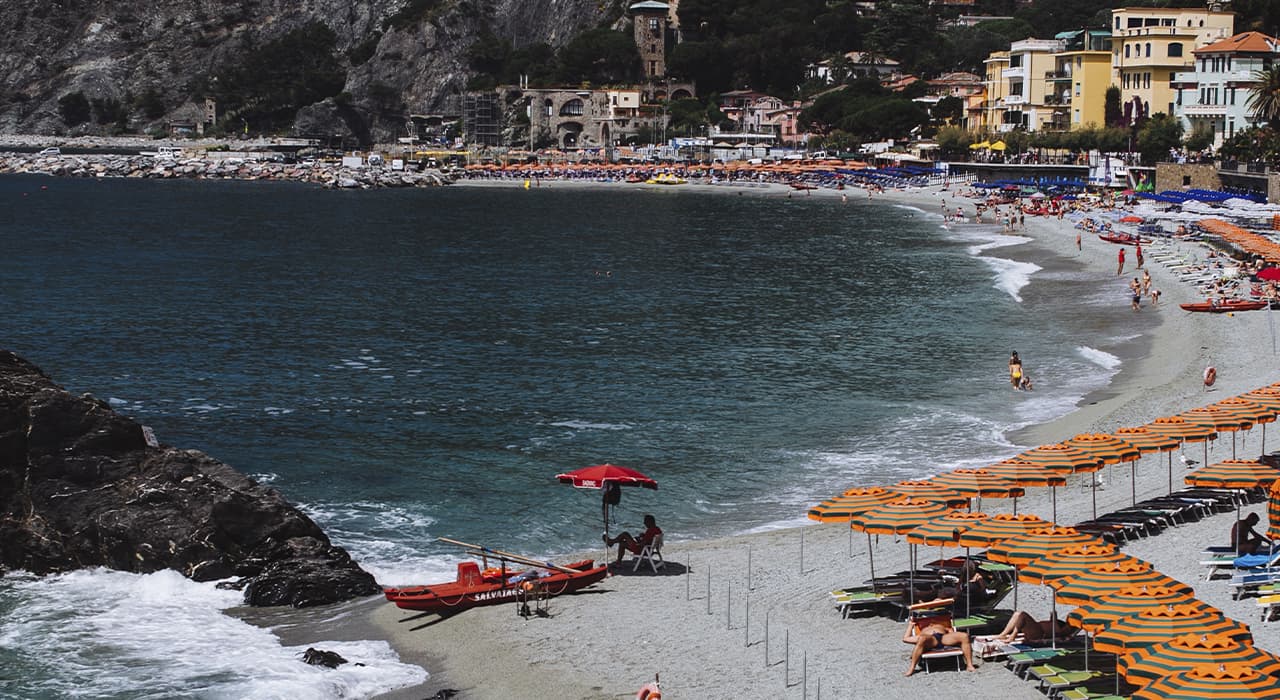Tropea is called the pearl of the Tyrrhenian Sea: it is the most famous seaside resort in Calabria and the Costa delle Dei (“Coast of the Gods”), which attracts many tourists from all over Italy and abroad. After all, they are attracted by the spacious white sand beaches, clean, clear sea, and the beauty of the local nature and architecture. Just by mentioning the word “Tropea”, an image of the sun, sea and unforgettable landscapes comes to mind.
Tropea existed already in the times of the Roman Empire, and in the XVIII century it was the residence of a bishop. Prosperity was achieved during the Norman period, especially under the rule of the Anjou and Aragonese courts.
The Tropea Cathedral, founded under the Normans, was rebuilt several times after earthquakes, but has preserved two Gothic portals of rare beauty. The works of art that adorn the interior of the cathedral are of great value. There are many legends associated with this building, one of which tells of two unexploded bombs that are now installed at the entrance to the cathedral. This is a testament to the protection granted by the Virgin Mary to the city of Tropea.
Santa Maria dell’Isola. At the top of a hill surrounded by sandy beaches, stands a snow-white Benedictine church, which is reached by a staircase carved into the rock. According to legend, it was built by sailors who were shipwrecked off the coast of Calabria and were saved thanks to a statue of St. Mary, which was later installed in the church. Unfortunately, the entrance to the church is prohibited, but you can enjoy the beautiful views, including from a specially equipped observation deck.
It is also worth a look at the palaces of the XVII and XVIII centuries, which are located in the center between the narrow and elegant Via Boiano and Largo Galluppi Avenue, along which there are Baroque houses and where the Church of San Demetrio with a chapel of the XIV century is located.
On Piazza Ercole stands a 17th-century palazzo with a granite facade, niches and wrought-iron railings, where various cultural associations are located.
The square turns into Corso Vittorio Emanuele, which ends with an observation deck overlooking the sea. On the right you can see the S. Leonardo Reef, and on the left – the island of S. Maria (currently connected to the land by a strip of land).
Be sure to check out the cathedral, built during the Norman era and rebuilt after the 1783 earthquake. Its lancet facade is crowned with a statue of the Madonna and Child. In the second chapel on the right is a large Black Crucifix from the 15th century, most likely made by a Spanish sculptor. Legend has it that it was thrown out by the sea near the mouth of the Vaticano River. In the right apse you can see the icon “Madonna del Popolo” of 1555, and in the large apse in a silver casing is the image of “Madonna di Romagna”, the patron saint of the city.
In the city center, do not pass by the church of San Francesco, built in 1295, inside which fragments of frescoes of the XIV century and the Gothic chapel of S. Pietro ad Ripas have been preserved.
